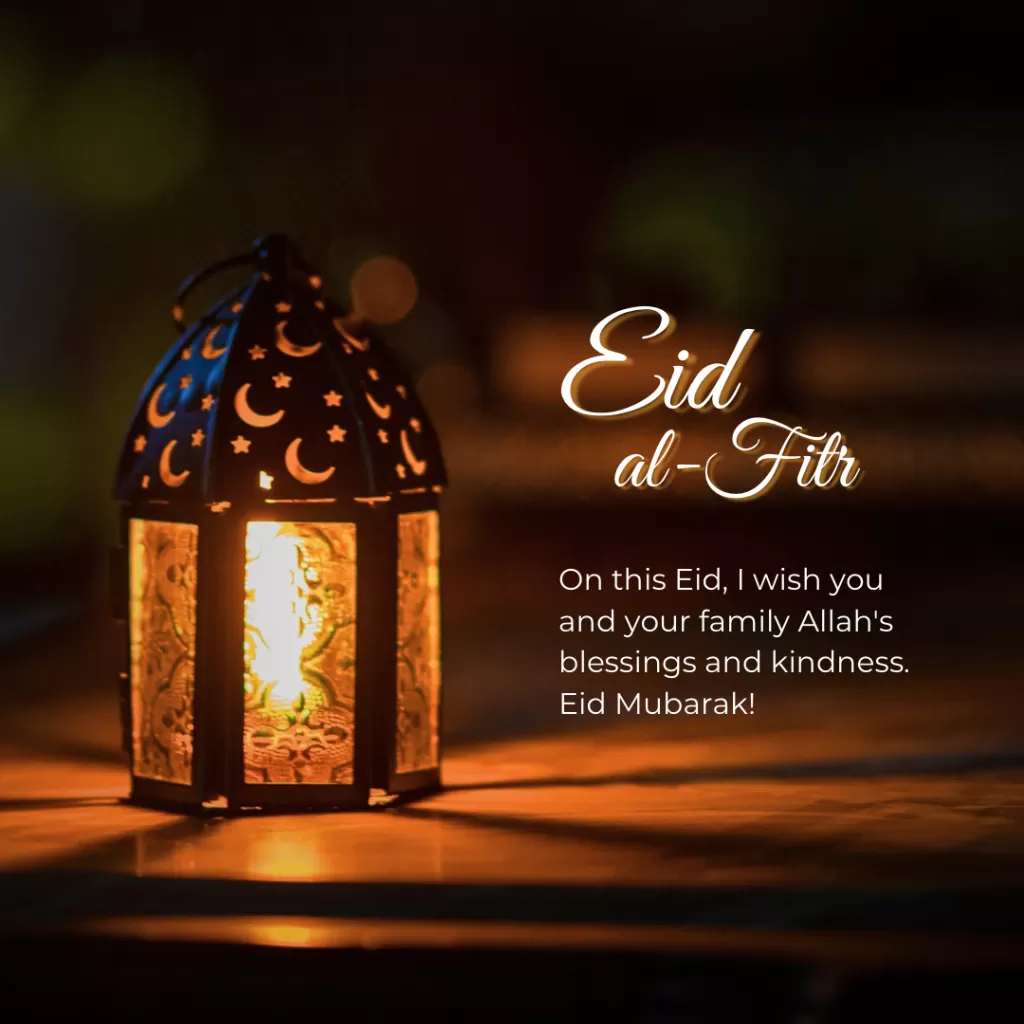What You Need To Know About Eid el-Fitr

Eid al-Fitr, also known as Id el Fitr, is a significant celebration in the Islamic calendar, marking the end of the holy month of Ramadan. During Ramadan, Muslims worldwide engage in fasting, charity, and self-reflection. Eid al-Fitr is observed during the first three days of Shawwāl, the 10th month in the Islamic lunar calendar, and its date varies annually on the Gregorian calendar due to the lunar cycle.
Key aspects of Eid al-Fitr include:
- Communal Prayer (Ṣalāt): Muslims gather at mosques or open spaces for special Eid prayers at dawn on the first day of Eid al-Fitr, celebrating the completion of Ramadan.
- Zakat al-Fitr: Before the Eid prayer, Muslims are required to give a charitable donation called Zakat al-Fitr, which is intended to support the less fortunate.
- Family and Social Gatherings: Eid al-Fitr is a time for families and friends to come together, visit each other’s homes, exchange gifts, and share festive meals. Traditional dishes are often prepared for the occasion.
- Eid Greetings and Well-Wishes: Muslims greet one another with “Eid Mubarak” (Blessed Eid) or “Kullu am wa antum bi-khair” (May you be well throughout the year) to express their joy and share in the celebration.
- Festive Attire and Decorations: It is common for people to wear new clothes or their best outfits to celebrate Eid al-Fitr. Homes and public spaces are often decorated with lights, banners, and other festive adornments.
Eid al-Fitr is celebrated by Muslims worldwide, with regional variations in customs and traditions. For example, in Turkey, Eid al-Fitr is called “Ramazan Bayramı,” while in Indonesia, it is known as “Lebaran.” The celebration serves as a time of joy, gratitude, and community for Muslims, as they end their month-long spiritual journey and look forward to the year ahead.







